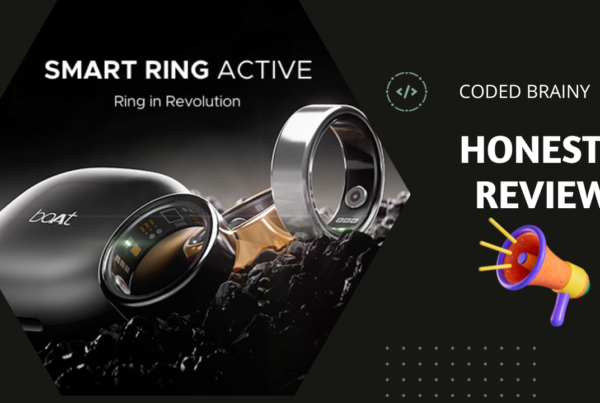In the fast-paced world of technology, innovation often takes center stage. However, amidst the glittering facade of groundbreaking advancements, a trend has emerged that begs closer scrutiny: white labeling. In this exploration, we delve into the phenomenon through the lens of smart rings, focusing on the products offered by notable companies such as Boat, Pi Ring, and YeyoRing.
At first glance, the offerings from these companies appear distinct, each flaunting its unique features and branding. Yet, a deeper examination reveals a startling truth: the absence of true innovation. Let’s unravel this tangled web.

Aizo, a Chinese vendor, has made waves with its smart ring technology. However, instead of leveraging this innovation to carve out a unique identity, companies like Boat, Pi Ring, and YeyoRing have opted for a different approach – white labeling.

Take, for instance, Pi Ring’s products. A quick comparison with YeyoRing reveals an uncanny resemblance, bordering on replication. From design elements to functionality, it’s evident that Pi Ring’s offerings are mere replicas of YeyoRing’s innovations.

Boat, a brand known for its audio peripherals, also ventured into the smart ring market. However, a closer inspection of their product line raises eyebrows. The similarities with Aizo’s offerings are too striking to ignore, hinting at a white labeling strategy rather than genuine innovation.
But what does this mean for consumers and the tech industry at large? The repercussions are manifold. White labeling undermines the spirit of innovation, stifling creativity and healthy competition. It blurs the lines between authentic technological advancements and mere rebranding exercises, ultimately shortchanging consumers who deserve genuine innovation.
In an era where technological breakthroughs hold the key to solving complex challenges, complacency is a luxury we cannot afford. Companies must embrace the ethos of innovation, driving progress rather than riding on the coattails of others.
In conclusion, the prevalence of white labeling in the smart ring market serves as a sobering reminder of the pitfalls of complacency. It’s imperative for companies to chart their own paths, fueled by genuine innovation and a commitment to pushing the boundaries of technology.
(Note: The observations presented in this article are based on personal findings and analysis. They are not intended as allegations against any specific company, but rather as a reflection on broader trends in the tech industry.)








